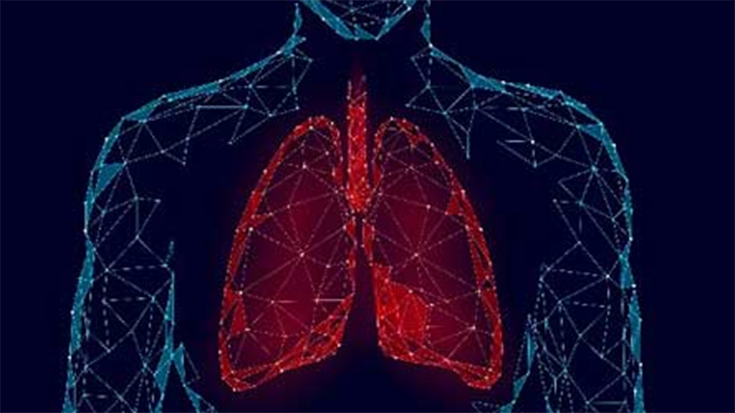
“Our program began out of the need to have another tool in our arsenal for helping patients that have ARDS,” said Julie Jackson, BS, RRT, RRT-ACCS, a manager at UnityPoint Health – Iowa Methodist Medical Center. She explains that their need and value for an ECMO program may be different than others since they are two hours east and west to the next closest programs.
“Having to transport [patients] two hours or more away from our center to receive this therapy puts the patient at risk,” Jackson said.
For UnityPoint, starting an ECMO program made sense. They are a regional, tertiary, Level 1 trauma center and, according to Jackson, that means they should be able to provide this type of therapy for their patients.
Maybe you’re like Jackson and work in a rural setting where the nearest medical institutions with advanced equipment are hours away. Or perhaps you’re striving to be a go-to program for patients. Whatever your reason for starting an ECMO program at your institution, Jackson offers tips to help you out.
Julie’s tips
- Look at your needs within your facility.
Just because you can possibly provide the therapy, should you? This program requires a lot of time putting it together (it took us over two years) to build policies and procedures, acquire all the equipment needed, securing financial funding for capital equipment, interviewing candidates for specialists, and training specialists and physicians - You will need to look at this program from a multidisciplinary team approach.
You will need buy-in from Physicians, Cardiovascular Services, Respiratory Care, Laboratory, Radiology, Blood Bank, Emergency Department, Critical Care Services, Vascular Services, EMS transport services, Nursing, and your hospital administration. It is best to get all these people involved from the beginning so that you can build your program right from the start. - Secure a mentoring program for your ECLS (ECMO) specialists.
Our program consists of specialists that are either Respiratory Care Practitioners or Critical Care Nurses. We used an outside ECLS (ECMO) business to help us build our knowledge and training for our specialists. That consisted of 40 hours of classroom training and simulation. We then had 24-hour, one-on-one mentoring support from the same company for the 18 months we had patients on pump. This allowed the team to gain the skills, knowledge and comfort level they needed to care for these very sick patients. - Partner and spend time with other established programs.
Our experience has been that most of them want to share their knowledge and want to help you succeed. Not only is this a great resource for your specialists, but even a greater resource for your physician partners.
Putting these tips into action
For Jackson, the best thing that happened in the process of developing their program was when they received administration approval to hire the outside business to help build their program.
“Our multidisciplinary team had been meeting for almost a year and were working on building our program, but we really didn’t know what we didn’t know,” Jackson said.
Once the company came in, the UnityPoint team was able to build on the policies and procedures they already had in place.
“They helped us with figuring out all of our equipment needs, and they made it so our teams were well educated and supported throughout the process,” Jackson said. “The outcomes that we have today are the direct result of all the work they did to help us be a successful program. In my opinion, they were the best investment that we could have made for the program and just what we needed to ensure our patients receive the right care at the right time.”
Looking for more ECMO resources?
Check out the ECMO: Who Would Ever Have Imagined? course.
Email newsroom@aarc.org with questions or comments, we’d love to hear from you.
















